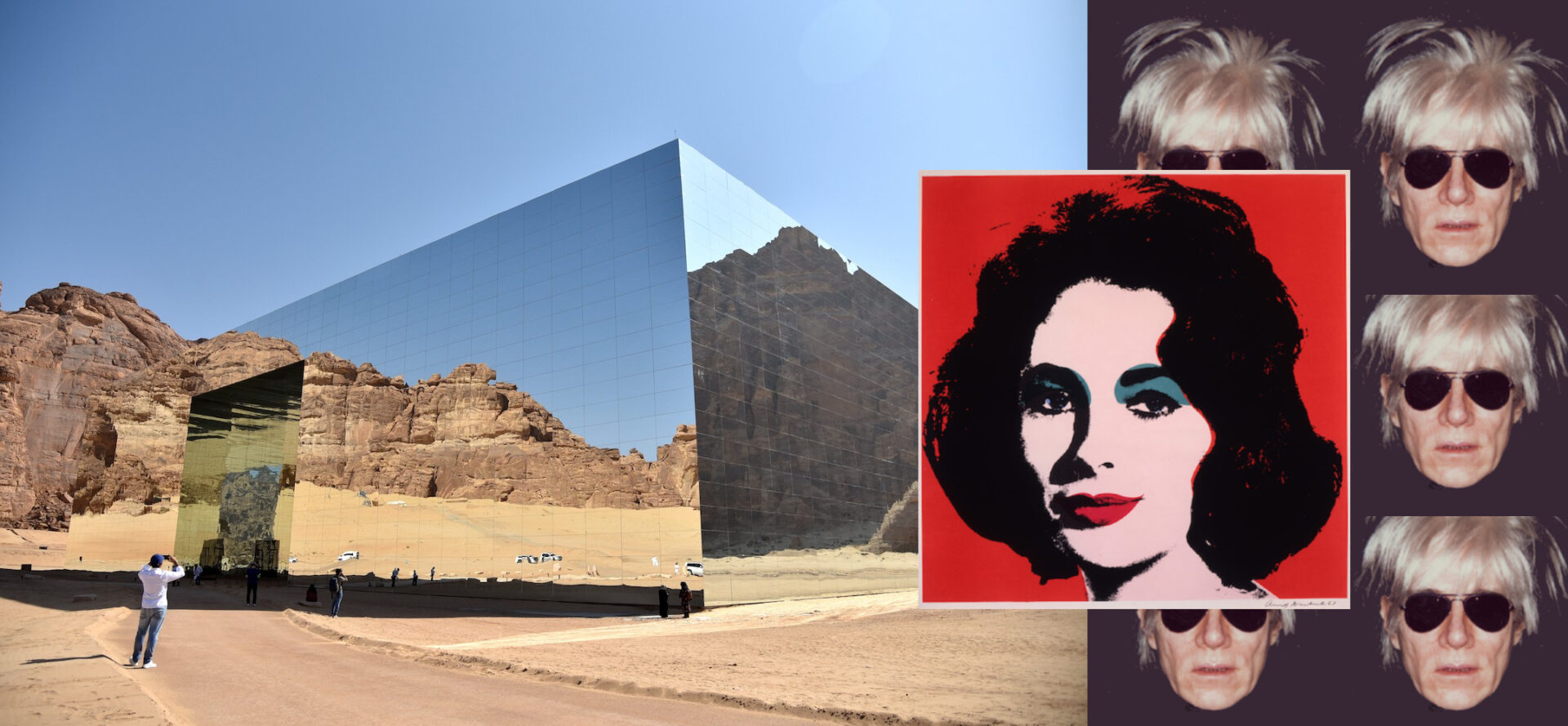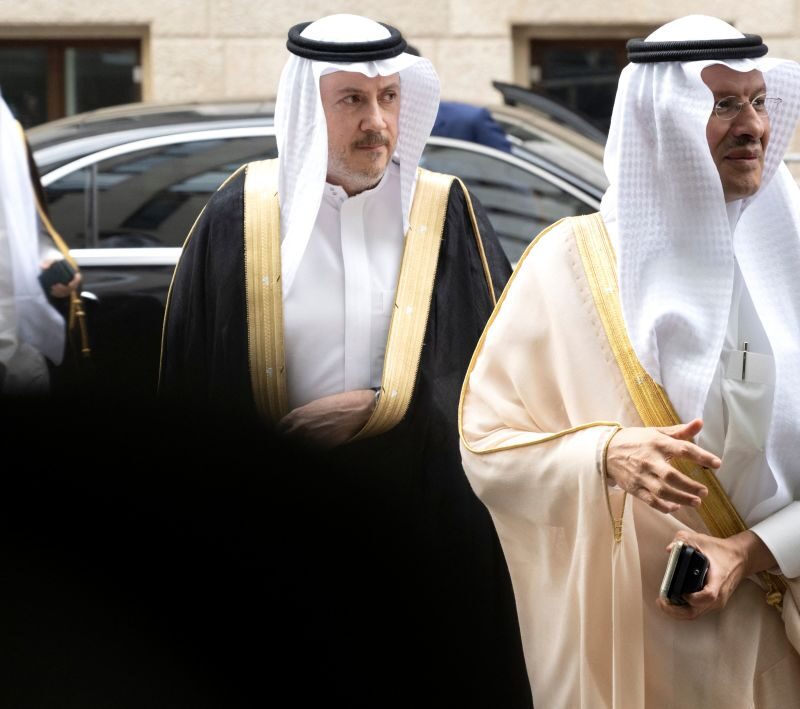
WANG HAIZOU/XINHUA VIA GETTY IMAGES; ANDY WARHOL MUSEUM
Saudis aim to show cultural change with Warhol exhibition at desert arts site
Display of iconic ’60s artist’s works brings celebrities to glittering premiere amid criticism that his gay life is unexplored
ALULA, Saudi Arabia – In a white-cubed gallery space, like one that could be found in New York or London, a multitude of metallic balloons float like pillows in space while visitors come to play joyfully with the installation:...



